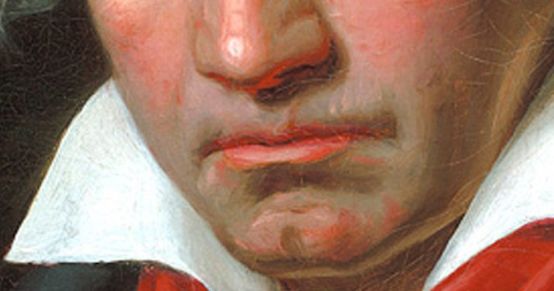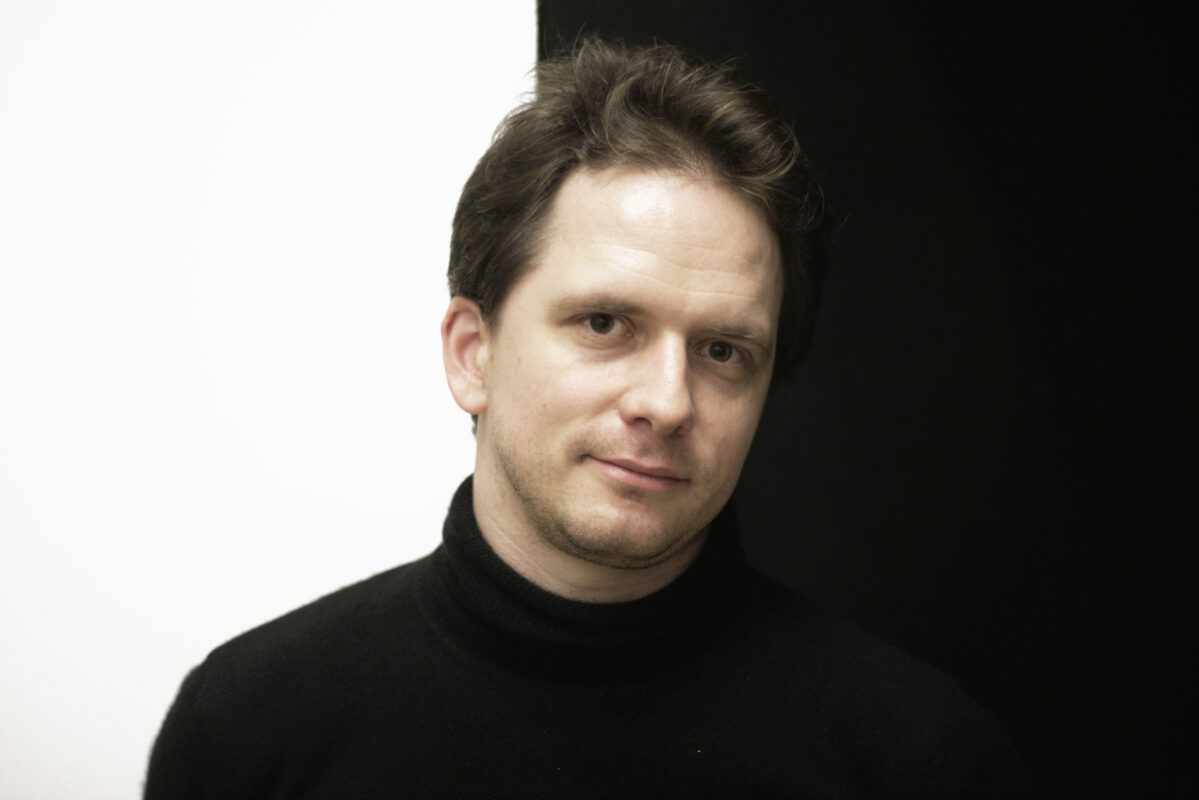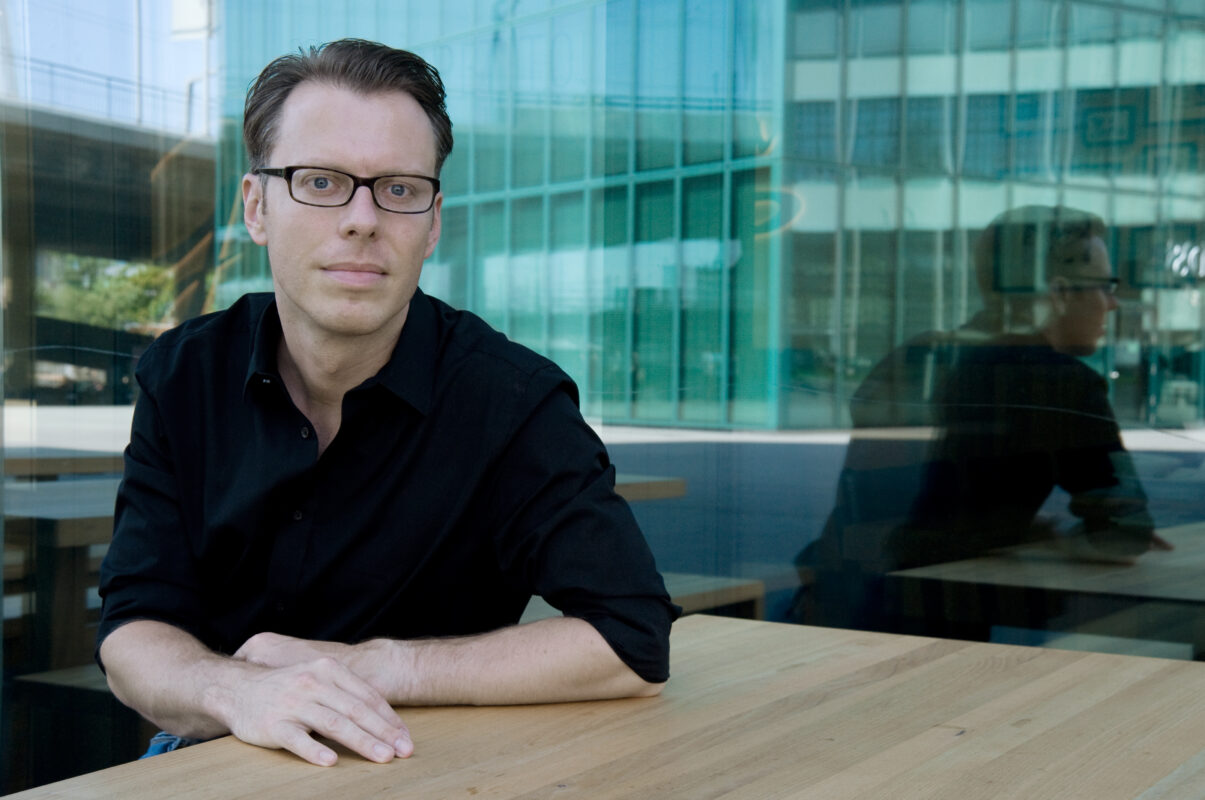Concerto for violin and orchestra
Every Friday, Beethoven is here. To mark the 250th anniversary of Beethoven's birth, each week the Swiss Music Review takes a look at a different work from his catalog. Today, it's the Concerto for violin and orchestra in D major.

Bartók, Berg and Brahms wrote their violin concertos for a particular soloist. This was also the case for Ludwig van Beethoven, who had a gifted musician in mind among his close relations: Franz Clement (1780-1842), who was director of the orchestra at the Theater an der Wien from 1802 and was later appointed director of the Estates Theater in Prague by Carl Maria von Weber. Beethoven had discovered this virtuoso as a young man as early as 1794, and noted with satisfaction in his notebook: "Dear Clément! Continue on the path you have trodden so well, so wonderfully. Nature and art compete to make you one of the greatest artists. Follow both, and don't be afraid to reach the great - the great goal that is possible for the artist here on earth. Be happy, my dear boy, and come back soon, so I can hear your dear, wonderful playing again. Yours sincerely, your friend L. v. Beethoven."
The idea for the Violin Concerto Op. 61 - in the key of D major characteristic of this instrument - probably dates back to a benefit concert held on April 7, 1805, at which not only the violinist, but also the violinist and the violinist himself were present.Heroic by Beethoven was heard for the first time in its entirety in public, but where Clement also presented his honorable Violin Concerto (also in D major). The close, friendly relationship between composer and performer is reflected in Beethoven's witty, handwritten dedication "Concerto par Clemenza pour Clement primo Violino e direttore al theatro a vienne" (Concerto of clemency for Clement, first violin and director of the Vienna Theater). In the printed edition, however, the work is dedicated to his friend and librettist Stephan von Breuning; the piano version, on the other hand, is dedicated to his wife Julie, daughter of Beethoven's doctor, who died aged just 18.
Musically too, there are considerable differences between the manuscript version and the later edition, especially as regards the solo part: the piece was written in a hurry, in a matter of weeks, and performed by Clément, so to speak. prima vista. Only later did Beethoven rewrite the solo part in detail. The structure remains intact, however, with its wealth of thematic forms, especially in the first movement, whose 535-bar span is almost symphonic, even beyond its time. The haunting timpani opening motif (heard over 70 times) is particularly striking, as is the main theme, played by the woodwinds, whose lyricism pervades the entire movement. If the Larghettoin the form of a romance, is shorter, Beethoven conceived the finale as a rondo in a lively 6/8 time signature, anticipating to some extent the expressive universe of his Symphony No. 6 in F major, Op. 68. Pastoral carewhich he wrote shortly afterwards.
The above-mentioned violin concerto by Franz Clement was recently released on CD (Sony) in a new recording with Mirijam Contzen (violin) and the WDR Symphony Orchestra conducted by Reinhard Goebel.
Aufnahme auf idagio
Keeping in touch
A weekly newsletter reveals the latest column on line. You can subscribe by entering your e-mail address below, or by subscribing to our RSS feed.








